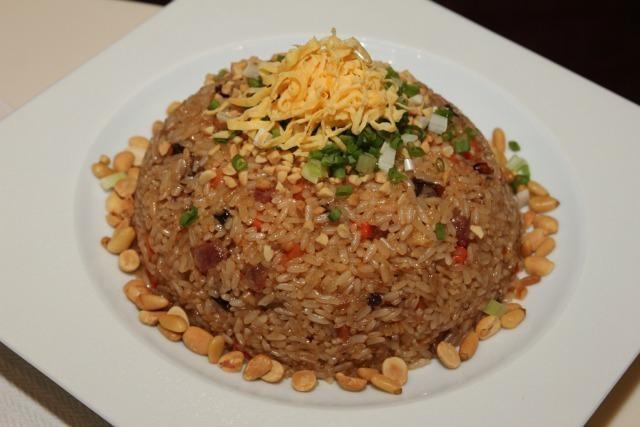How to survive a Chinese lauriat
With just about thirty years worth of Chinese banquets, or lauriat “training,” I can honestly say that I had my fair share of feasts celebrating Chinese occasions, holidays, and events. With Filipinos constantly mingling, mixing, and interacting with their Chinoy counterparts, being invited to a 10-12 course banquet may come as a shock for the ordinary Juan.
Besides the sheer number of dishes, some ingredients may come as a shock. At the end of the feast though, I will assure you that you will have a better appreciation or at least an understanding of a Chinese-style degustation.
Below are some tips, and a mini-survival guide on your first, and hopefully not the last, Chinese lauriat.
Except a 2-3 hour sit-down meal
During birthdays, weddings, and other important celebrations, Chinese banquets typically last anywhere from two to three hours. With or without entertainment programs involving singing, dancing, or playing games, banquets are timed in such a way that the in-house kitchen has enough time to cook the dishes a la minute, or fresh, and allows the diners to pace their eating and digest their food properly.
The time in between dishes also allows guests and the host to interact and mingle with one another, and even judge how good, or bad, the previously served dish was.

Lauriats usually start with roasted and cold appetizers consisting of char siu (asado), roast pork (lechon Macau) or suckling pig, sliced century egg, and cold jellyfish salad. Whether served individually, or as a combination, most fine dining Chinese restaurants in the metro will offer their version of these items.
A variety of known and unknown proteins
Chinese banquets, to the best of my knowledge, originated centuries ago, when the emperor of China would lavish his guests with the best dishes from around the country. As such, expect to sample and eat a variety of meats and protein like pork, beef, chicken, fish, and seafood.
But if you have an open mind, and a willing stomach, be prepared for unusual dishes like sea abalone, which tastes like a hybrid of scallop and mushroom, sea conch (similar to snail), pigeon (tastes like chicken, I promise), and the shrimp-like sea mantis. Most legitimately taste good, although personally, I would rather skip the abalone, also known as sea cucumber.
Drinking hot tea is the key
Sipping hot tea, whether oolong, jasmine, or another variant during and after every dish is an open secret. Not only does it helps with digesting the food, but it also flushes the oils and fats from the rich dishes.
Drinking a lot of fluid also forces us to go to bathroom, allowing us to stand up, walk a bit, and help our digestive system process the food we ate.
Proper etiquette
There really is no user’s manual on how to behave at a banquet table, but using common sense and showing courtesy will go a long way. Whether taking the initiative to serve a female relative or colleague to your right or left, or letting the oldest person on the table have the first take, manners make the man.
Since dishes are served in big, family-style plates, get only what you can finish, and remember that there are other people waiting after your turn. Be wary of other people getting their food before spinning the lazy Susan, and lastly if you happen to take that last piece of roast pig, let another guest have the best part of the fish or meat.
Fish head
Speaking of the best part of the fish, steamed grouper, or lapu-lapu is the most common fish served in Chinese lauriats. Whether served whole, deboned, or already sliced up, going after the flesh of the body is the most convenient way to eat it. Most guests will ignore the head but are really missing the tastiest parts which are the cheeks, and the mouth/jaw area.

Still not full?
With more than 10 dishes already served, you may be wondering or craving for a cup of rice. Plain or fried rice is often paired with a viand or two in casual dining establishments, but for banquets, the rice is usually served last, and for practical reasons. Just in case the guests still do not feel full, or did not have enough from the meats, fish, and seafood, the rice dish will ensure that everyone’s cravings and hunger will be satisfied.

Don’t leave room for dessert
The one “weakness” in Chinese lauriats is the dessert options.
Most are limited to buchi, or sesame seed-coated balls with lotus or mung bean filling, mango sago, almond jelly, or a bowl of fresh fruits.

If you crave sweet desserts like cakes and cream-based concoctions, sorry to tell you that you went to wrong party. —KG, GMA News




